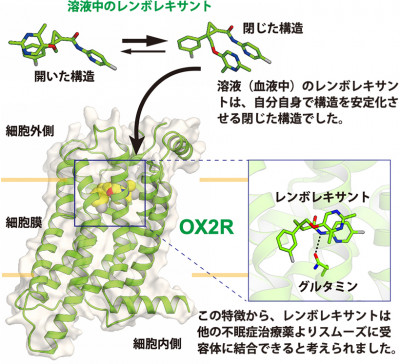UBが開発したスコアリングシステムにより、北米で初めて希少疾患の治療抵抗性を予測する検査が可能になる土台ができた UB-developed scoring system lays groundwork for North America’s first test to predict therapeutic resistance for the rare disease
2022-12-02 バッファロー大学(UB)

川崎病の抗体である静注用免疫グロブリン(IVIG)に対する抵抗性を予測する方法として、日本で最も広く用いられている小林式スコアと比較すると、UBが開発したツールは、ニューヨーク州西部の子どもたちに対して2倍の精度で、54%の感度(発見率)を達成した。
新しいスコアは、ニューヨーク西部の小児や他の北米の集団において、 小林スコアよりも正確に IVIG 耐性を特定できるかもしれない。
川崎病の標準的な治療法は、IVIGとアスピリンです。ほとんどの症例はIVIGの単回投与で治りますが、10~20%の小児はIVIGに抵抗性を示し、冠動脈瘤を発症する可能性が高くなる。
Kobayashi scoreは、86%の感度でIVIG耐性を予測することができますが、日本以外の国では、このシステムの利用は限定的である。また、北米の様々な人種の子供たちの間では、小林式スコアの感度は33%と低い。
UBの研究では、2000年から15年の間にバッファローの病院に川崎病で入院した小児208例を分析した。データは2群に分けられた。IVIG感受性群と耐性群に分けられた。
グループ間で異なる4つの変数を特定し、新たな予測スコアを作成するために使用した。その変数とは、白血球数、好中球率、年齢、血清アルブミン濃度である。各変数は1点ずつ割り当てられ、3点以上はIVIG耐性の高リスクとなる。
この新しいスコアリング・システムが地理的な違いを超えて適用できることを確認するため、ニューヨーク西部、ボストン、中国の川崎病患者のデータでツールの精度を検証しました。
Western New Yorkのデータセットでは、小林式スコアの感度が26%であったのに対し、新ツールは54%であった。Bostonのデータセットでは、新ツールの感度は40%であり、小林式スコアの0%を大きく上回った。また、中国のデータセットでは、新スコアの感度は27%と最も低く、小林式スコアの感度は36%であった。
本研究は小規模ではあるが、IVIG耐性予測の難しさを浮き彫りにした。今回の結果は、川崎病の地域差と、リスク予測ツールをその母集団以外の集団に適用することの限界を明確に示している。
<関連情報>
- https://www.buffalo.edu/news/releases/2022/12/001.html
- https://meridian.allenpress.com/jppt/article-abstract/27/7/669/486800/Predicting-Intravenous-Immunoglobulin-Resistance
川崎病で入院した北米の小児における免疫グロブリン静注耐性の予測について Predicting Intravenous Immunoglobulin Resistance Among North American Children Hospitalized With Kawasaki Disease
Jasdip Singh,Arthur Chang,Nicholas M. Fusco,Mark Hicar
Journal of Pediatric Pharmacology and Therapeutics Published:September 26 2022
DOI:https://doi.org/10.5863/1551-6776-27.7.669
OBJECTIVE
The Kobayashi score (KS) is the most widely used tool for predicting intravenous immunoglobulin (IVIG) resistance in Kawasaki disease (KD). The KS has shown good sensitivity (86%) and specificity (68%) in Japanese children; however, its use is limited outside of Japan. No models accurately predict IVIG resistance of children with KD in the United States. We sought to develop and test a novel scoring system to predict IVIG resistance in hospitalized children with KD.
METHODS
A retrospective chart review was conducted of all children diagnosed with KD from January 2000 to December 2015. Subjects were divided into 2 groups: IVIG susceptible or resistant. Variables that differed between the groups were identified and used to create a “new score” to predict resistance to IVIG. The new score was then compared with the KS and performance characteristics were determined.
RESULTS
A total of 208 subjects were reviewed. White blood cell count, neutrophil percentage, age, and serum albumin were used in the new score with equal weighting. Overall, the new score achieved improved sensitivity (54% vs 26%) and similar specificity (69% vs 74%) compared with the KS in predicting IVIG resistance in hospitalized children diagnosed with KD.
CONCLUSIONS
Predicting IVIG resistance in children diagnosed with KD remains challenging. The KS has low sensitivity in predicting IVIG resistance in children with KD in the United States. The new score resulted in improved sensitivity, but many children with true IVIG resistance may be missed. Further research is needed to improve IVIG resistance prediction.


